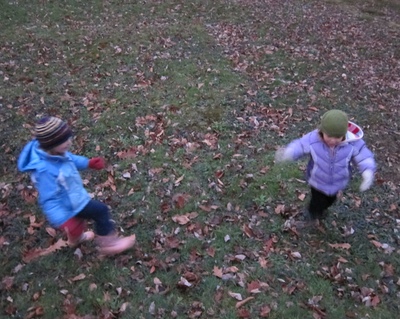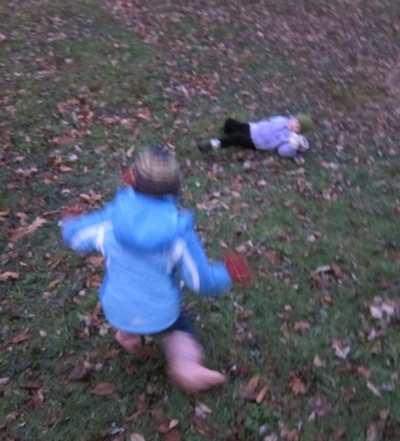“Boredom is the best gift you can give your child”
This is one of my favorite sayings – I first heard it from a
parent at Katherine’s school a few years ago. Now, I call on this saying
regularly to guide our own daily and weekly rhythm.
I think the topic of boredom is especially relevant after the
holidays. The last two months have been filled with holiday activities: cooking
and baking, making gifts, holiday crafts, decorating, neighborhood and school
celebrations… it seems that every weekend had at least one activity or event
and afternoons were easily filled with creative projects. We are still enjoying
a few activities that we didn’t want to rush or squeeze in before the New Year,
but mostly the holiday season is over, and the next two months on the calendar
are empty. We are falling back into our regular routine.
Early afternoon is our downtime, and while I had been using this
time to have Katherine help me with holiday projects, I now have nothing
planned: no ornaments to make, no cards to draw, no errands to run, no cleaning
projects (although maybe I should put this one on the schedule). We are just home,
doing nothing. While Clara naps and Alexandra may or may not nap (that is
another post), Katherine has her quiet time in the living room. Typically, she’ll
wander into the kitchen once or twice and ask me to read to her, or help her
build something, or let Alexandra play with her. My response is always the
same: “No, it is your quiet time, you may play by yourself or rest.” She
accepts this and makes her way back to the living room, alone. I sometimes feel
guilty for insisting she play by herself when I could easily spend this time
with her, but I know I also need this midday break. So I hold firm and remind
myself that it is fine to leave Katherine to entertain herself. Boredom is the
best gift I can give my children.
Left with nothing to do and no one to play with, Katherine is at
her most creative. Two hours will go by and she is still deeply engaged in
whatever project she has set up for herself. Intricate drawings, puppet shows,
pretend reading to her dolls, singing songs, preparing a birthday party complete
with meal, cake, and games for the children, constructing and coloring a book…
she comes up with activities far more creative and thoughtful than I could ever
provide for her. Once she is on a roll, I can walk right through the living
room with a screaming Alexandra and she barely looks up. When she is done, she
is satisfied. She tells me all about her work as if she has just returned home
from an afternoon somewhere else. She is ready to play with Clara, I have had
the break I needed, and we are ready for late afternoon activity before we come
in again for the evening.
The transition back to quiet time after the holidays has been a
bit rough. Katherine and I have both gotten used to spending quiet time
together. The last few days she has been reluctant to play by herself. She’ll ask several times if I will play with
her, linger in the doorway, drag her feet, even sulk and whine. I myself waver
between wanting to spend that time with her and wanting my own quiet time
routine back. So I call upon my favorite saying… and remember that because I
often give my children the opportunity for boredom, they are rarely bored.
If you would like to read more about research on the benefits of
boredom, check out this article (thanks to Moogielight for recommending it).


















